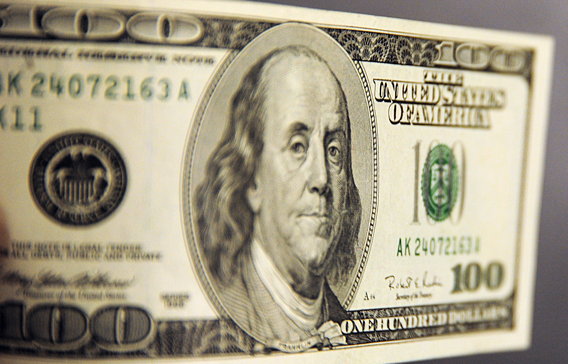Egypt’s real GDP growth picked up slightly to 0.7% in the third quarter (Q3) of 2020, compared to a contraction of 1.7% in the previous quarter.
As a result, it averaged 1.3% during the first three quarters of 2020, coming in against the 5.6% recorded in Q3 of 2019, according to a report issued by the Central Bank of Egypt (CBE).
This comes as the negative impact of the novel coronavirus (COVID-19) pandemic which continues to weigh on various economic sectors, which are yet to recover to their pre-pandemic growth rates.
Preliminary figures indicate that the contribution of consumption continued to cushion the economy in Q3 of 2020. It more than offset the negative contributions of gross domestic investments and net exports and extended its expansionary trend since Q2 of 2019.
Furthermore, the contribution of gross domestic investments improved compared to the previous quarter, albeit remaining in contractionary territory, registering negative 6.8 pp in Q3 of 2020. Meanwhile, that of net exports deteriorated further relative to the preceding quarter, contributing by negative 2.2 pp to overall GDP growth.
The negative contribution of net exports to GDP growth in Q3 of 2020, which occurred for the second consecutive quarter, followed a period of positive contribution between Q4 of 2017 and Q1 of 2020.
The negative contribution stemmed from the sustained pace of contracting real exports, which outpaced that of real imports in Q3 of 2020, both recording annual contractions of 45% and 41%, respectively.
Nevertheless, the level of net exports improved by 39% compared to Q2 of 2020, picking up from its lowest level in Q3 of 2018. This followed the widespread disruption to global trade during the first wave of the pandemic.
Meanwhile, the annual deterioration in sectoral GDP growth in Q3 of 2020 eased, registering negative 1.3%, compared to negative 3.1% in Q2 of 2020. This was mainly due to an improvement in the contribution of both the private and public sectors to sectoral growth compared to the previous quarter, though the former remained in contractionary territory.
The easing contraction of private sector contributions to sectoral growth was mainly driven by the increase in contribution from construction, agriculture and trade compared to the previous quarter.
Meanwhile, that of non-petroleum manufacturing and tourism continued to deteriorate. At the same time, the reversal of the contraction in the public sector, which recorded a positive contribution to growth in Q3 of 2020, was driven mainly by the pick-up in contribution from petroleum manufacturing and natural gas extractions compared to the previous quarter.
Egypt’s unemployment rate stabilised at 7.2% in Q4 of 2020 down from the 7.3% recorded in Q3 of 2020. It improved markedly from the 9.6% that was recorded in Q2 of 2020.
Moreover, both employment and the labour force continued to increase on a quarterly basis for the second consecutive quarter. Hence, the stability in the unemployment rate was due to the sustained positive contribution of employment which broadly offset the increase in the labour force.
A number of leading indicators continued to recover throughout Q4 of 2020, building on the initial recovery, which emerged in June and July 2020 following the easing of partial lockdown measures. Nevertheless, most leading indicators are yet to recover to their pre-pandemic levels.




